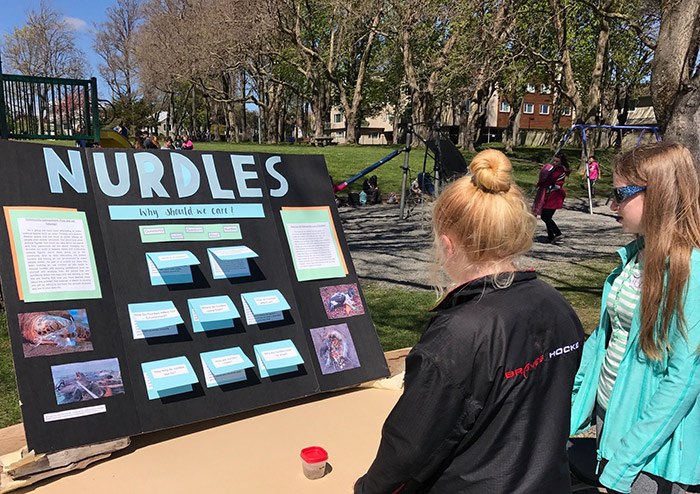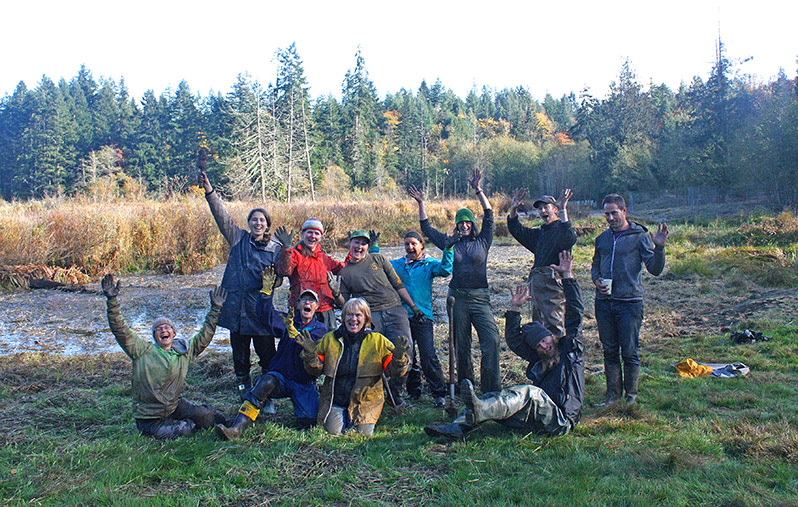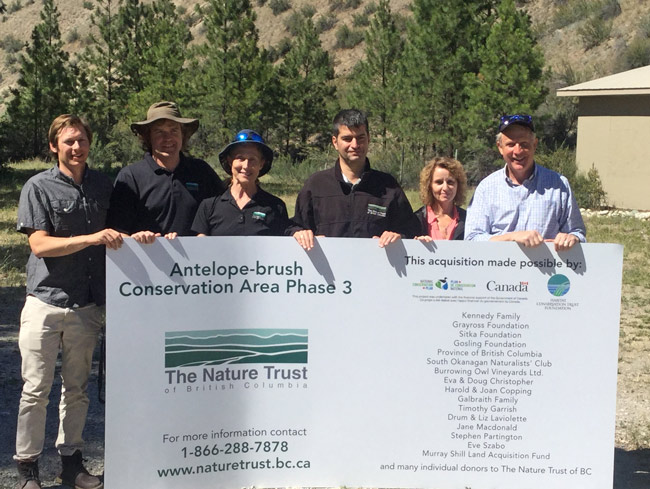Today is officially Earth Day, and this year’s theme of Environmental & Climate literacy is a great fit with HCTF Education‘s programs and philosophy. HCTF Education partnered with local schools on Earth Day activities to get students outside, learning about the outdoors and making a difference in their communities.

On Friday, Monterey Middle School hosted a public event to help rid their local beach of nurdles, tiny pellets that are melted down to make plastic products. Because they’re so tiny, nurdles are rarely targeted in clean-up efforts, but scientists are becomingly increasingly concerned about the effects these persistent plastics can have on marine ecosystems. Inspired by their local high school’s presentation on ocean pollution, Monterey’s Grade 8 classrooms decided they wanted to turn their school’s annual Earth Day celebration into an outdoor event that allowed them to share what they’ve learned with their communities and work together to help their local fish and wildlife. The students built nurdle sifters for the public to use, and hosted themed information stations and activities.
Monterey Principal Ken Andrews says he was pleased to see his school’s Earth Day plans evolve from an indoor assembly to an outdoor event involving the community. “I’m convinced that the journey toward a more ecologically sustainable society will be led by those of the next generation who feel a genuine sense of connection to the natural world and appreciation of biodiversity,” says Andrews. “We partnered with HCTF Education to plan our Earth Day activities, but also to embed environmental learning activities into our everyday practices.” Currently, HCTF Education facilitators are working with Monterey’s faculty to create a series of customized marine lessons that will be taught at their local beaches later this spring. For ideas on how your school or classroom can incorporate place-based environmental learning, visit hctfeducation.ca








